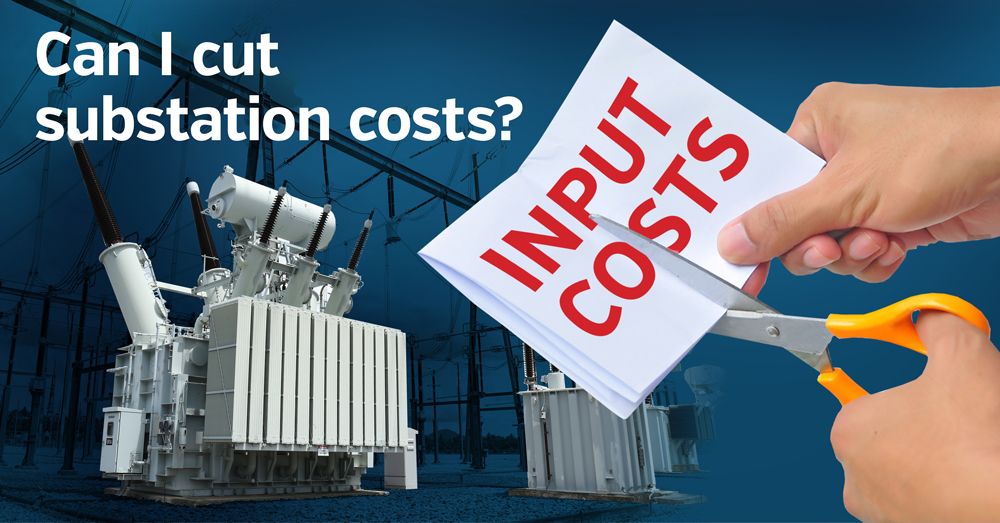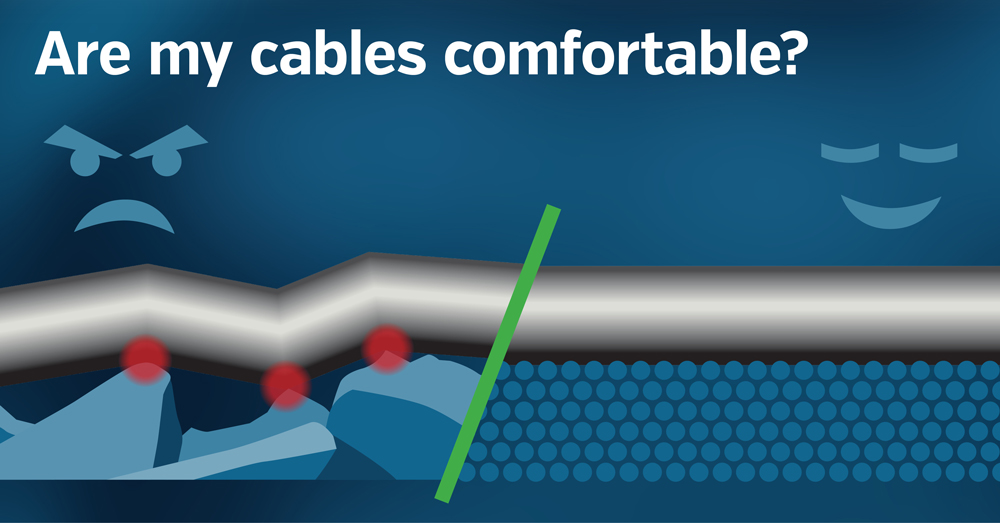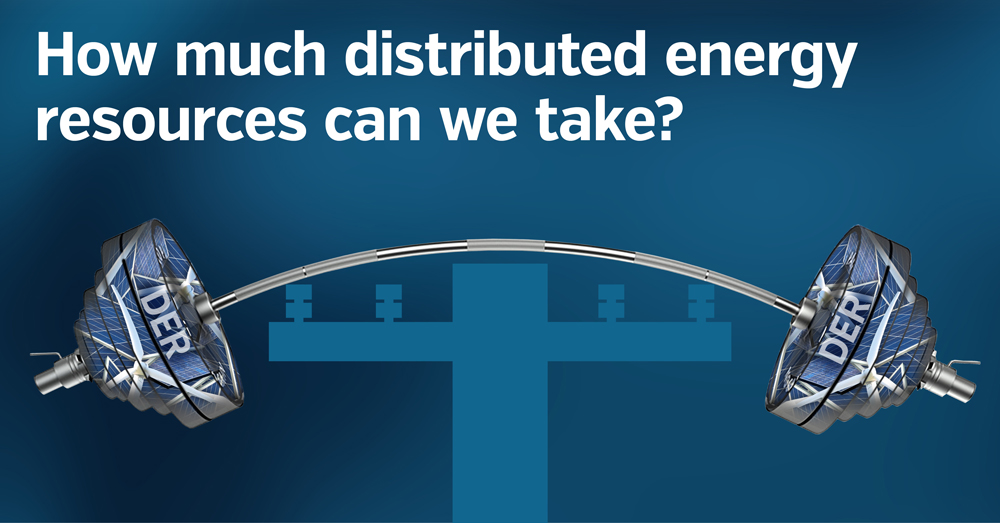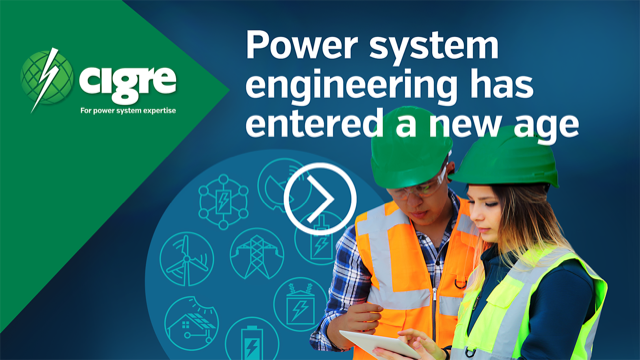Test Encart
more >

The International Energy Agency (IEA) in 2017, estimated that 1.1bn people, or 14% of the global population, did not have access to electricity. The majority of these are in developing countries in rural areas. There are several obstacles to electrification including low demand, low load density, unaffordability by customers, poor infrastructure, high cost to develop infrastructure, political instability and economic risks such as assuring an adequate rate of return.
The design of low-cost substations as well as the processes for the supply and installation of these adaptable to specific local circumstances provide a part solution to these obstacles.
This brochure covers the main building blocks with practical examples as follows:
more >

CIGRE Technical Brochure 635, more >

CIGRE Technical Brochure 714, more >

CIGRE Technical Brochure 643 more >

CIGRE Technical Brochure 672, more >

CIGRE Technical Brochure 586 more >

To find the solutions you need in one unique place, join CIGRE. As the preeminent global technical organisation, CIGRE is uniquely positioned to offer the full spectrum of low through high voltage perspectives, industry colleagues and end to end knowledge.
